In 1978, Dr Peter Sergel started a role at Hamilton City Council to get some work experience. The first job he was given was to design a plan for Hamilton’s former rubbish dump, a muddy, blackberry-covered piece of land he remembers visiting as a teenager with his father.
“It was a dirty place where people used to go to shoot rats,” Peter explained.
Forty-two years later, Hamilton Gardens is known the world over. It attracts more than a million visitors every year, with upwards of 5000 people a day visiting in the summer months.
Peter’s original vision was one in which there were a range of different styles of gardens.
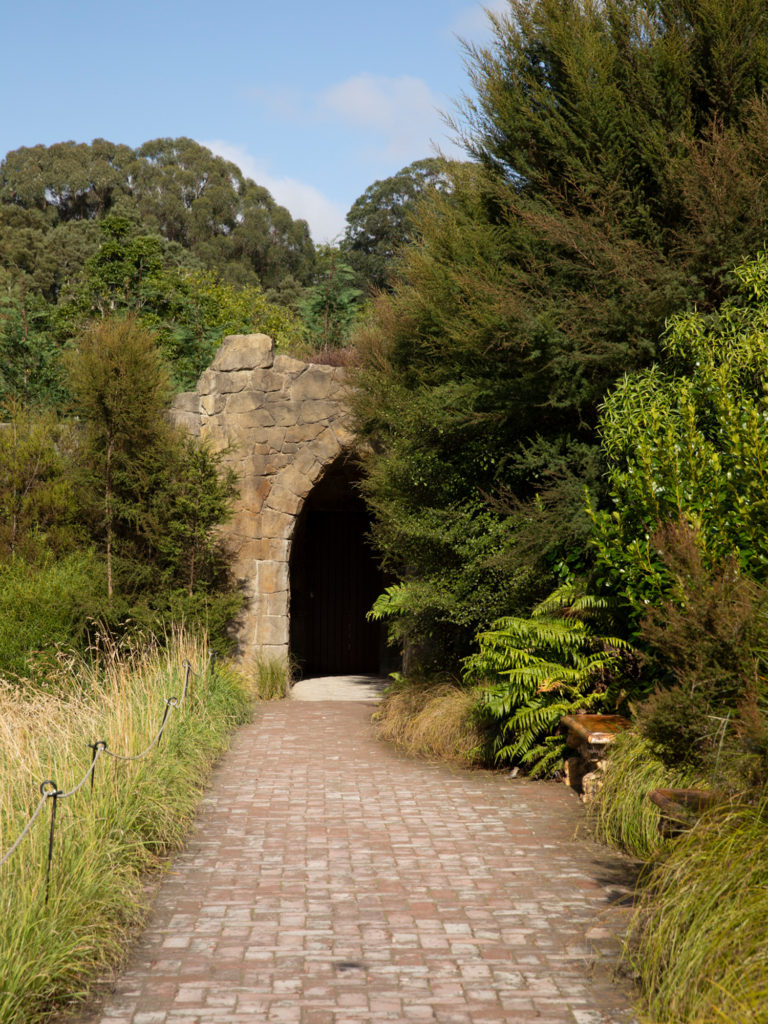
“I had been on my OE and seen all sorts of museums overseas and I realised that they all told a story. Often, less focus was put on artefacts and more on the narrative and that’s what I wanted to achieve with this design.”
Hamilton Gardens now has 17 different gardens within its grounds, telling the story of gardens from the stone age through until present day and beyond — one of the visions for the future is an augmented reality experience in the gardens.
“Garden design is a serious art. Often, people think about it as a way to increase the value of a house but it’s much more than that. It has a rich history; gardens tell the story of the societies that created them, and by studying them we can learn a lot about the evolution of civilisation. The early gardens, for example, are heavily influenced by superstition and religion while, since the age of empires, gardens have been less specific to certain countries — aside of course from different planting,” Peter says.
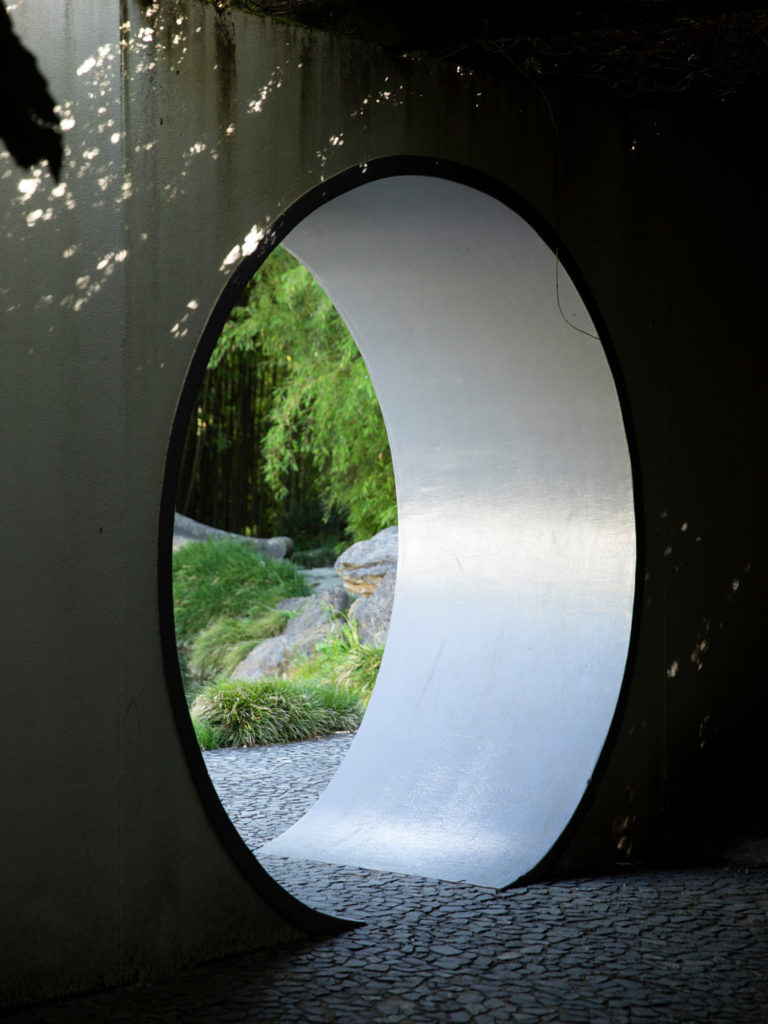
“You don’t have to just like plants; we are telling the story of gardens over 4000 years. Telling the story of gardens tells the story of civilisation.
“Baroque gardens are an interesting one as they developed in line with advances of cannon technology, which in that period was developing with much more accuracy than had existed before. This led to gardens moving out of courtyards and becoming more open to the countryside and less confined — much safer in that period than being a sitting duck in a courtyard of a castle.”
Picturesque gardens were, in turn, a reaction against the baroque style. Gardens of that era were much more informal, valuing local landscapes and flora. Sculptures and Masonic symbolism were often a feature of these gardens due to the influence of Masons at the time. At this period of revolutionary thought, designers were appealing to the mind as well as the senses.
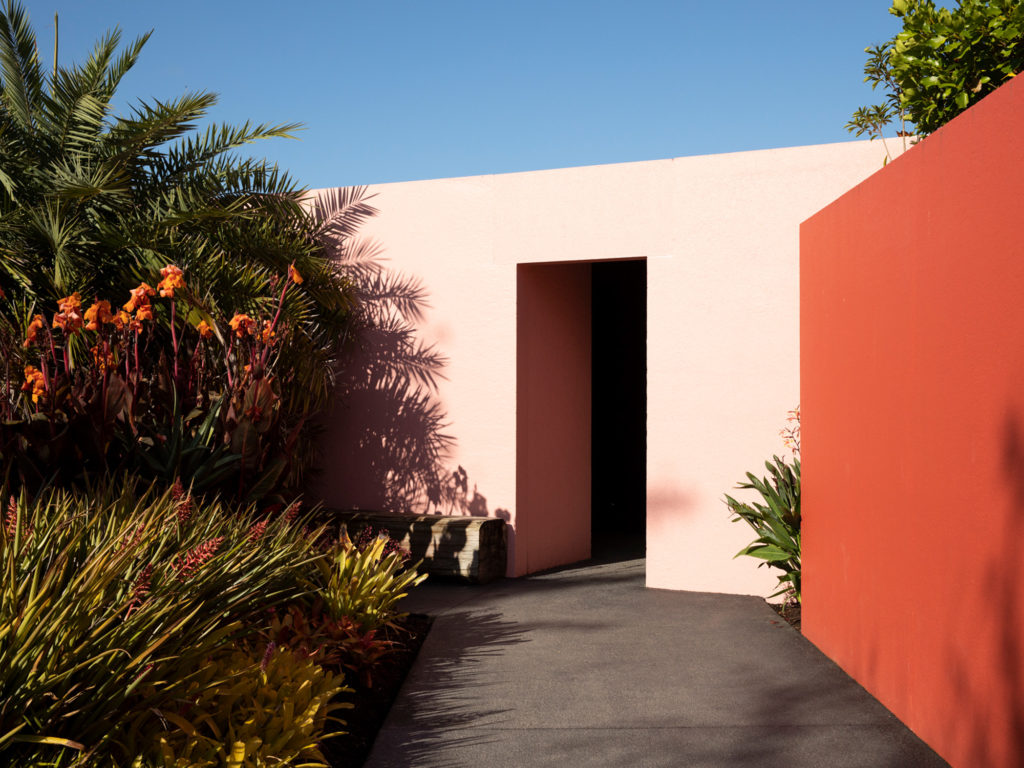
The picturesque garden is one of the most recent to open at Hamilton Gardens, and is based on Mozart’s opera The Magic Flute. Mozart was a Mason and his opera, like this garden, contains Masonic symbolism.
“The style was a reaction against formal geometric gardens and there was an appreciation for wild mountains and landscapes.”
Hamilton Gardens has been a central feature of the Hamilton community for decades, with residents raising tens of millions of dollars over the years to allow the brainchild of Dr Sergel to grow and develop. The announcement of his retirement from his role as director of the gardens at the end of 2020 marks the end of an era for this special place, but Peter’s still heavily involved in the planning of the next four gardens to be added to the site: the ancient Egyptian garden, the medieval garden, the Pasifika garden — to be housed in a glasshouse — and the baroque garden.
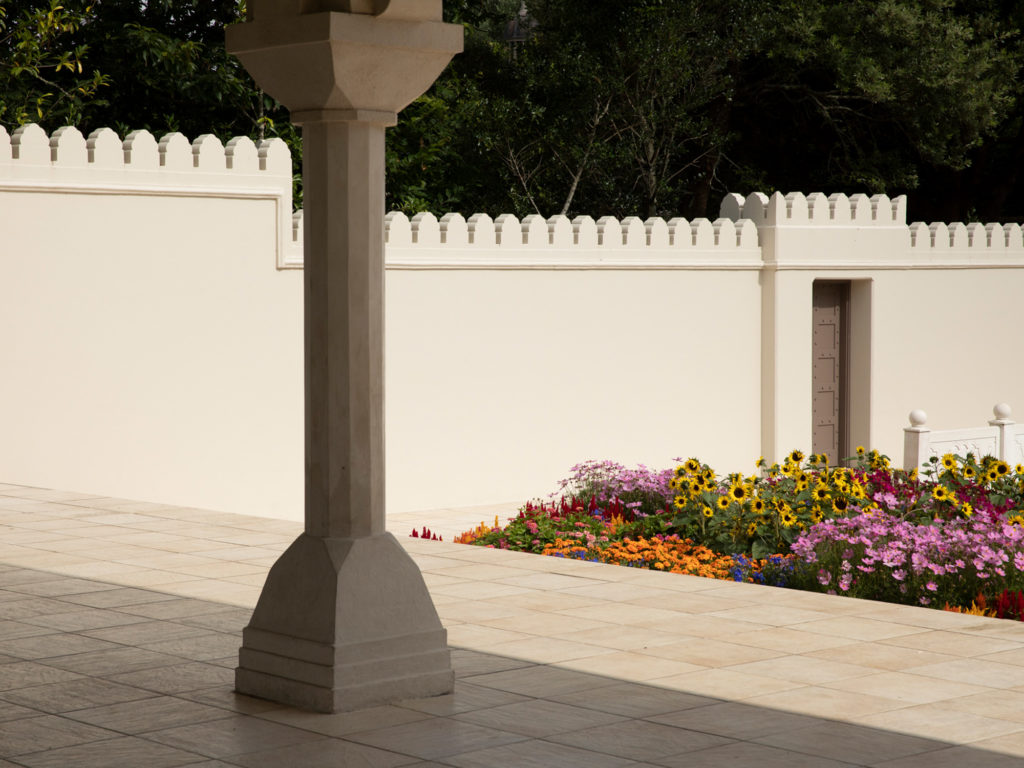
According to Peter, looking back to some of these ancient gardens and the societies in which they were cultivated outlines a “full circle” of attitudes towards the earth as we consider where we are now and the path we are beginning to traverse going forward.
“Globally, gardens are becoming increasingly structural. There are less and less gardens on the ground and more on rooftops, on the sides of buildings, and covering unused structures. This trend is representative of where we are now globally. Gardens are being driven by conservation and restoration and the preservation of endangered fauna. Ecologies are being created in cities, that, while artificial, are self-sustaining.
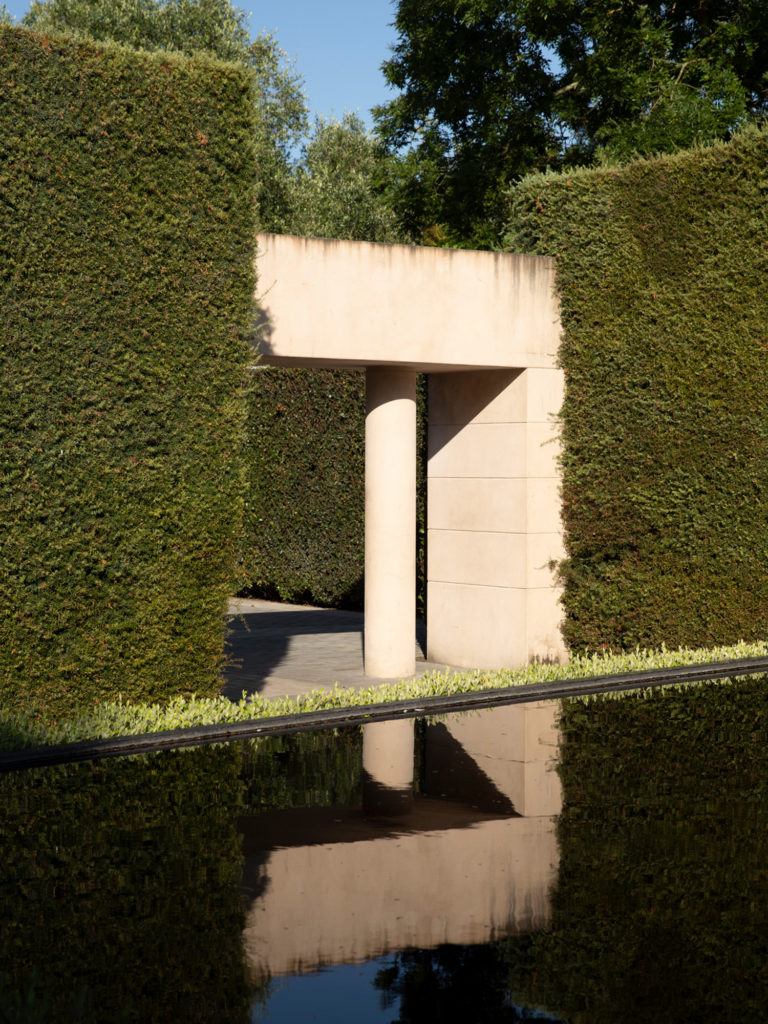
“We are returning to a respect and veneration for nature that was seen in some of the earliest gardens. Recently, we have turned our back on nature. For the last few hundred years, the world was there for man to exploit. Looking forward, the main trend emerging is a turning back to the origins of gardens.”




